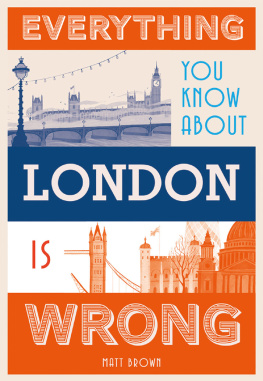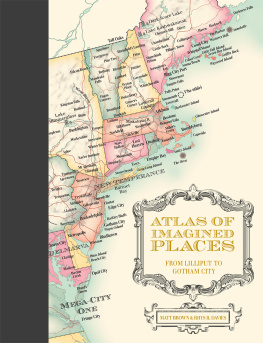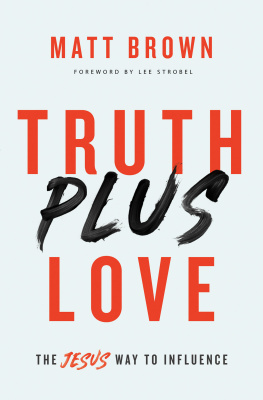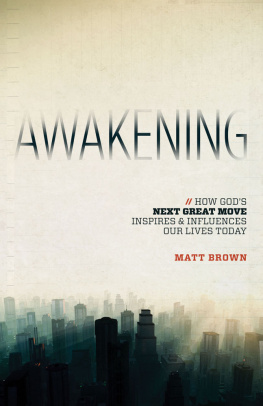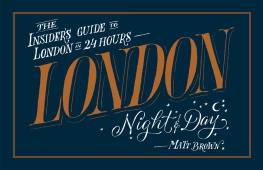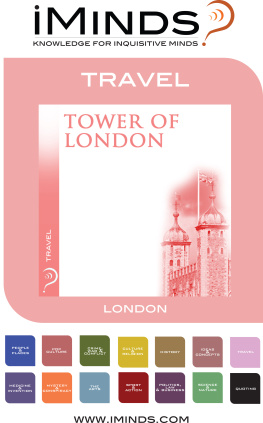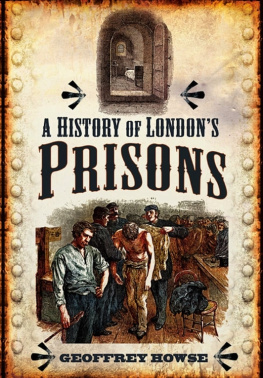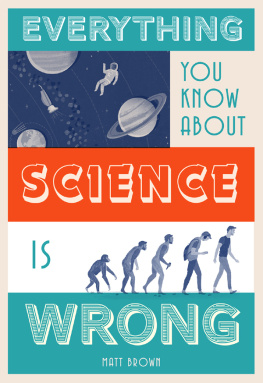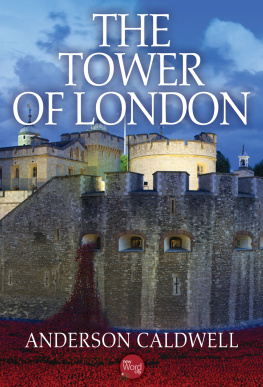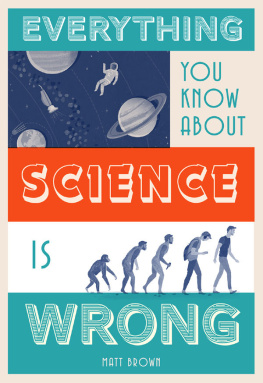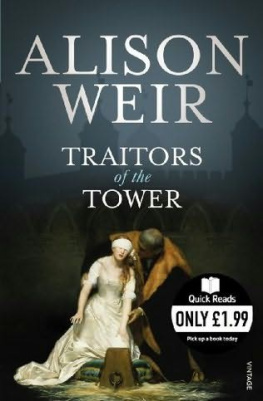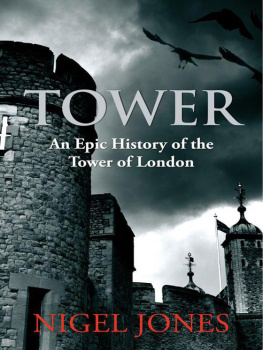Everything You Know About London Is Wrong
Everything You Know About London Is Wrong
Matt Brown

Contents
Introduction
The streets of London are paved with gold. I learnt this as a child. It is a lie.
Later, I cowered from Sweeney Todd and cheered for Dick Whittingtons cat in pantomime. They never existed.
I was fed stories of far-off London. I lapped up tales of a fog-haunted city, where gents in bowler hats flowed over London Bridge. In the East End, chirpy cockneys rubbed shoulders with cheeky pickpockets, pearly kings and tap-dancing chimney sweeps. I was deceived.
I came to live in London. Further assumptions were proved wrong. You are nearly always more than six feet away from a rat. The M25 motorway does not mark the boundary of London. The river is not filthy (not usually). It does, sometimes, stop raining.
You live in London long enough and youre sure to accumulate a head full of trivia about the city. Savoy Court, for example, which leads off the Strand to the Savoy Hotel, is the only place in the UK where you must drive on the right. Trafalgar Square contains the worlds smallest police station. Coco Chanels initials can be found on every Westminster lamp post. Guess what? Wrong. Wrong. Wrong. I began to suspect that, to a close approximation, everything I knew about London was wrong.
This book began life as a short article on the Londonist website in 2011. I briefly sketched out the truth behind a half-dozen city myths, including the one about the gullible American who thought hed bought Tower Bridge, and the tenacious falsehood that the landmark we all know as Big Ben was ever officially called St Stephens Tower. The piece hit a nerve. Over 70 people commented, adding extra detail or presenting their own myth-busting research. Londoners love to nitpick.
And so the idea has developed into a book. In these pages, you will find dozens of assertions about the capital from the major misconceptions of first-time visitors, to the more quirky anecdotes that are the stock-in-trade of tour guides.
Each section starts with a commonly peddled fact, followed by a sound debunking. Im very aware that the four most tiresome words in the English language are: I think youll find . To that end, Ive tried to avoid a supercilious tone in favour of something more light-hearted. My aim is to help readers think a little deeper about this great city, and to have a lot of fun in the process.
I have not covered the supernatural. London is one big rattling closet of ghost stories, from spectral hounds to phantom squirrels. To my mind, all are patently untrue, but there remains no way to prove a non-existence. Likewise, Ive left well alone the folk tales and origin stories of London. The city was probably not founded by a King Lud, nor the Trojan hero Brutus. Nor was London ever guarded by the giants Gog and Magog. The Trafalgar Square lions will not spring to life when Big Ben strikes 13, nor has the eponymous statue of Queen Annes Gate ever been seen to roam that thoroughfare. London, however, must be left with some of its magic. For those stories, and other folkloric traditions, I would direct you to the wonderful London Lore (2010) by Steve Roud. The one exception Ive made in this area is the dubious legend that the kingdom will fall when the ravens flee the Tower of London. You will see why.
This book seeks to point out common errors about London. That means Im likely to acquire a certain amount of egg on my face if someone spots the inevitable mistakes in my own writing or research. I welcome any correction, qualification, addition, contradiction, refutation or other form of feedback. Just dont use the words I think youll find
Let the nitpicking begin!
Myths for visitors

We begin with the big stuff. Londons fame touches billions of people who have never visited, and never will. In forming a picture of the city, they must rely on cues from television, films, music, literature, magazines or simple hearsay. Inevitably, they get the wrong idea. To the Londoner, most of the myths in the section will be self-evidently wrong. The outsider, however, will find a few surprises.
London is a city forever shrouded in fog
London and fog go together like Rio and sun cream, or Tokyo and giant monsters. A thousand films and television programmes tell us that this is so think Jack the Ripper, Jekyll and Hyde, Hitchcocks The Lodger, or the adventures of Sherlock Holmes.
Twenty-first-century London gets surprisingly little fog. Yes, we still choke and splutter on unpleasant levels of air pollution, and the city is visited by occasional patches of photogenic mist; a full-on fog that brings traffic to a halt is, however, exceptionally rare.
This was not always the case. From the beginning of mass industrialization in the eighteenth century until the middle of the twentieth century, much of London was heated and powered by coal and its derivatives. Imagine a city with millions of people, where almost every building has at least one coal fire. A colossal amount of soot was kicked up into the air whenever people needed a bit of warmth. Usually, this sooty smoke would rise and blow away in the wind. The city skulked beneath a counterpane of grime, but this did not always intrude upon the streets. Every so often, though, atmospheric conditions would collude to make whats known as a temperature inversion, where the air near the ground is cooler than that above. These inversions trapped the coal dust, leading to a thick fog at street level.
Such visitations became known as London particulars or, more evocatively, pea-soupers. This most British meteorological phenomenon was given its nickname by an American. The Oxford English Dictionary cites Herman Melville, author of Moby-Dick, with the coinage: Upon sallying out this morning encountered the old fashioned pea soup London fog of a gamboge color, he wrote in 1849. (Gamboge is a deep saffron colour, most familiar from the robes of Buddhist monks.) This peculiar hue was imparted to the fog thanks to the high sulphur content in the coal smoke. In fact, allusions to pea soup go back a few decades before Melville, with regular comparisons in minor press reports suggesting that pea soup had long been a common simile.
These dense fogs were a London phenomenon for 150 years. Their banishment was held up by two main obstacles: half-baked technology and pig-headed people. The Victorians did invent several ingenious methods for capturing and controlling smoke release, but nothing that was economically scalable to the entire city. It was not until the mid-twentieth century, when coal power began to dwindle in favour of gas and other cleaner technologies, that this problem was adequately cracked. The second sticking point was obstinacy. Whenever the Government tried to legislate against factory smoke, the wealthy industrialists would argue that their contribution to choking the nation was minuscule compared with that from the millions of domestic fireplaces. By the same token, the politician who would ban coal burning at home faced a backlash from the public. In these days before television, a warming hearth was the centrepiece of the domestic scene. Few people wanted to give up the glow and the romance of an open fireplace. It was the stalest of stalemates. Add to this a perverse fondness for the fog. It was frequently romanticized in novels of the time, and many Londoners took pride in the gloom.
Next page
